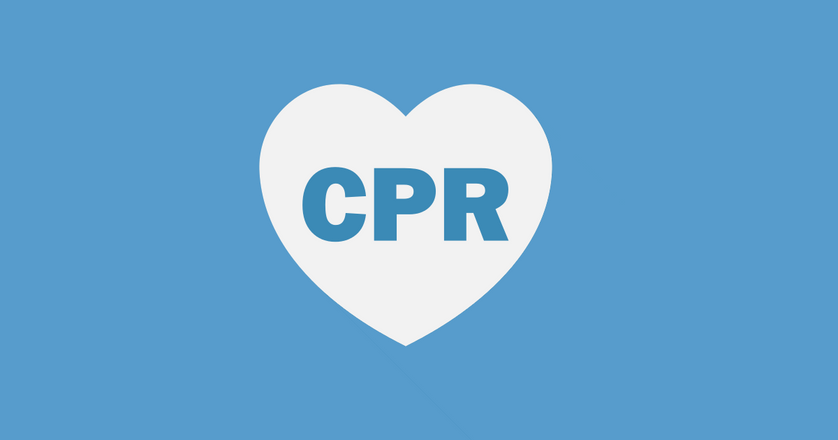What Does CPR Stand For?

WHAT DOES CPR STAND FOR?
CARDIOPULMONARY WHAT?
CPR stands for Cardiopulmonary Resuscitation. If a person stops breathing, or their heart stops beating effectively, this lifesaving technique is used to restore oxygenated blood flow to the vital organs. At the core of these skills is the providing of effective chest-compressions to pump blood through the body, and/or the giving of breaths to oxygenate the blood being pumped.
WHAT'S IN A NAME?
CPR and it's associated guidelines differ based on the intended audience. CPR for people in the healthcare field is called Basic Life Support, BLS, or formerly BCLS by the American Heart Association. The American Red Cross version is called CPR for the Professional Rescuer.
VARIATIONS OF CPR
TRADITIONAL CPR
"Traditional CPR" consists of providing both chest-compressions and giving breaths. Breaths can be given by various means, including mouth-to-mouth, pocket mask, bag-mask device or advanced airway adjuncts. This was the only form of CPR taught to the public prior to 2008.
HANDS-ONLY CPR
In 2008, resulting from an effort to encourage bystanders to help even when unwilling to provide mouth-to-mouth, "Hands-only CPR" was developed. "Hands-only CPR" or "compression-only CPR" is an effective method to provide life-sustaining blood circulation that focuses on the rescuer providing effective chest-compressions without providing breaths. Studies even show that during the initial minutes of cardiac arrest, "Hands-only CPR" can be just as, if not more, effective when it comes to saving a life.
IT'S WHAT YOU DO
Our goal at CarePoint Resources is to equip laypersons and healthcare providers alike with the knowledge and skills needed to protect and preserve life. Call it what you will, but CPR is what you do!
- Randy Boone





